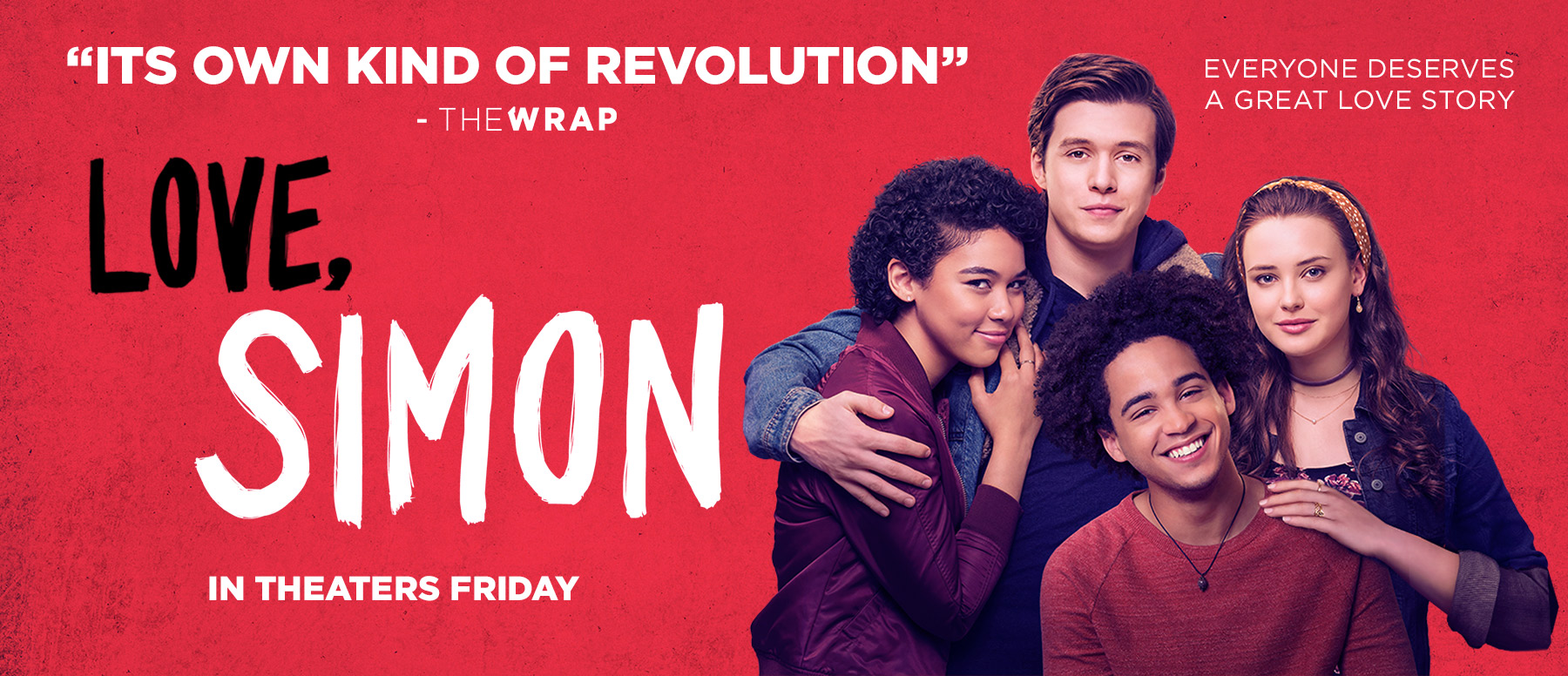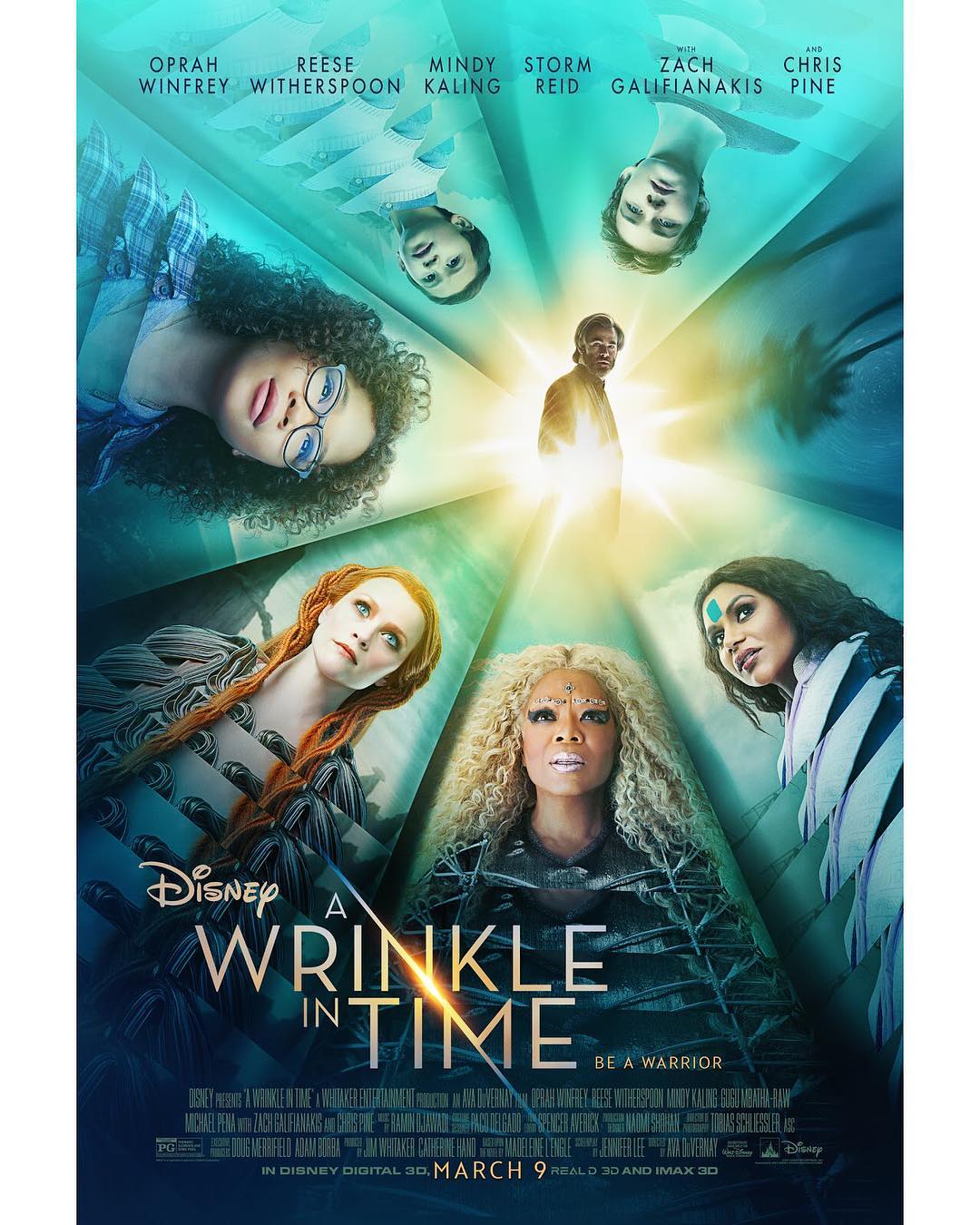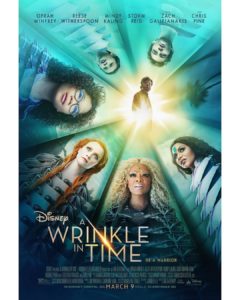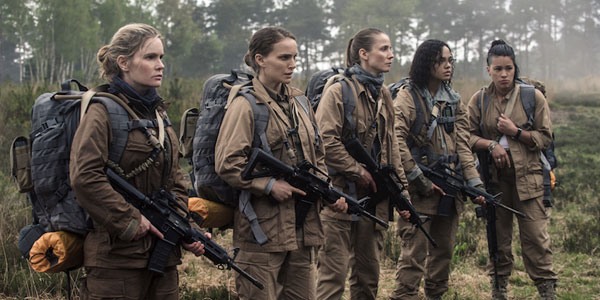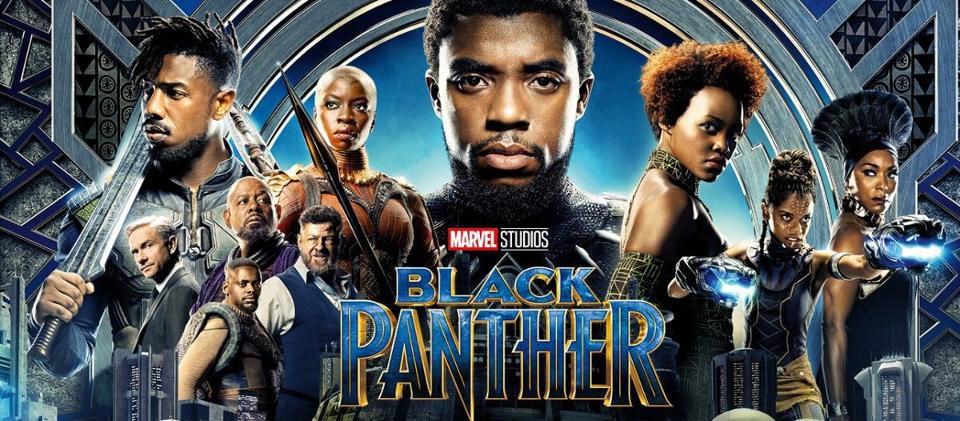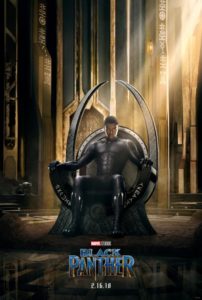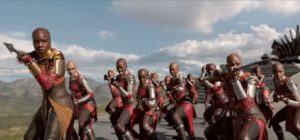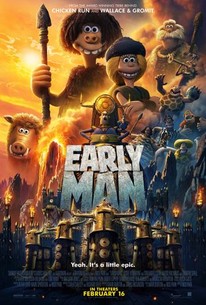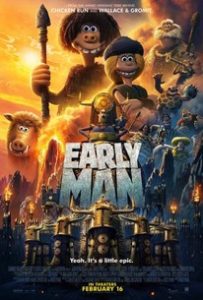Love, Simon
Posted on March 15, 2018 at 5:15 pm
B +| Lowest Recommended Age: | Middle School |
| MPAA Rating: | Rated PG-13 for thematic elements, sexual references, language and teen partying |
| Profanity: | Brief strong language |
| Alcohol/ Drugs: | Teen drinking |
| Violence/ Scariness: | Tense family situations |
| Diversity Issues: | A theme of the movie |
| Date Released to Theaters: | March 16, 2018 |
| Date Released to DVD: | June 11, 2018 |
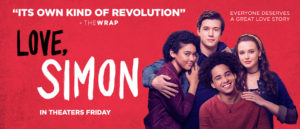
If you are scrolling through Netflix you may run across movies like 2000’s The Truth About Jane, where family or friends discover that someone is gay, get upset, try to deny it or force the gay person into therapy, and then learn in time for a big happy ending at a Pride parade that love is what matters, no matter who the person they love loves. A lot has happened in 18 years, and thankfully we are pretty much past the point where a story about a family freak-out over the discovery that someone is gay is worth making a movie about. Yet there are two elements that are notable about “Love, Simon.” It is the first major studio romantic comedy about a gay teenager. And, much more notable, the real issue is not about his being gay; it is just about his being a teenager.
“Love, Simon” is based on the award-winning book by psychologist Becky Albertalli. It is indeed a comedy. There are many very funny lines, and gems of comic performances by two of the adults in the film. The always-great Tony Hale (“Veep”) plays a high-spirited vice-principal who likes to confiscate cell phones and act like a princi-PAL, and Natasha Rothwell (“Insecure”) is absolutely hilarious as a put-upon drama teacher forced to direct a production of “Cabaret” that is required to include every student who wants to be in the cast. Making the adults in the story the comic relief is a very nice touch.
And it is definitely a romance. I can’t remember when I’ve heard an audience respond with cheers and applause as joyous as they did when the big kiss moment finally arrived. But what makes this film really special is that is about feelings everyone has — the feeling of being alone, outside some sort of magic circle everyone else seems to know how to get inside, the worry about letting people down, the soul-shrinking experience of actually letting them down even more than you feared, the terror of allowing yourself to be vulnerable, the joy of being seen and understood.
Nick Robinson (“The Kings of Summer”) plays Simon, a high school senior who has everything — loving, generous parents (who also happen to be gorgeous — Josh Duhamel and Jennifer Garner), a cute kid sister, and great friends with whom he shares “way too many iced coffees, bad 90’s movies, and gorge on carbs at the Waffle House.” His life is just about perfect except that he has not been able to find a way to tell anyone that he is gay.
The school has a gossipy website where a student who calls himself Blue says that he is gay but cannot come out. So Simon writes him as “Jacques” and the two of them instantly fall into a close, supportive friendship with perhaps a little bit of flirting. What makes this really great in the film is that it allows/requires Simon (whose full name, as he points out, means “he who hears” and “he who sees”) to look at every male student in the school differently, as he wonders which one is Blue and even pictures different students in the situations Blue describes. That experience, as much as the correspondence itself, widens his world and makes him more empathetic, similar to the different perspectives in last year’s “Wonder.”
An obnoxious student discovers the correspondence and threatens to publish it unless Simon helps him get close to Abby, a transfer student who has become a part of Simon’s group of friends.
A brief fantasy sequence about what being gay might be like in college is a lot of fun, and a scene where Simon imagines that heterosexual teens should have to come out to their parents is sharply funny. But what makes this movie special is its tender heart. It is wise about friendships, about those first tentative steps toward intimacy, about being honest, not just about what you are but who you are, and about the unforgettable tenderness of that first kiss.
Parents should know that the theme of this film is a gay high schooler struggling to come out and it includes kisses, a brief crude sexual reference, teen drinking, and brief strong language.
Family discussion: Why could Simon tell Blue and Abby before Leah and his family? Would you like to have a “Secrets” website for your school?
If you like this, try: “G.B.F.,” “Never Been Kissed,” and “Easy A”

